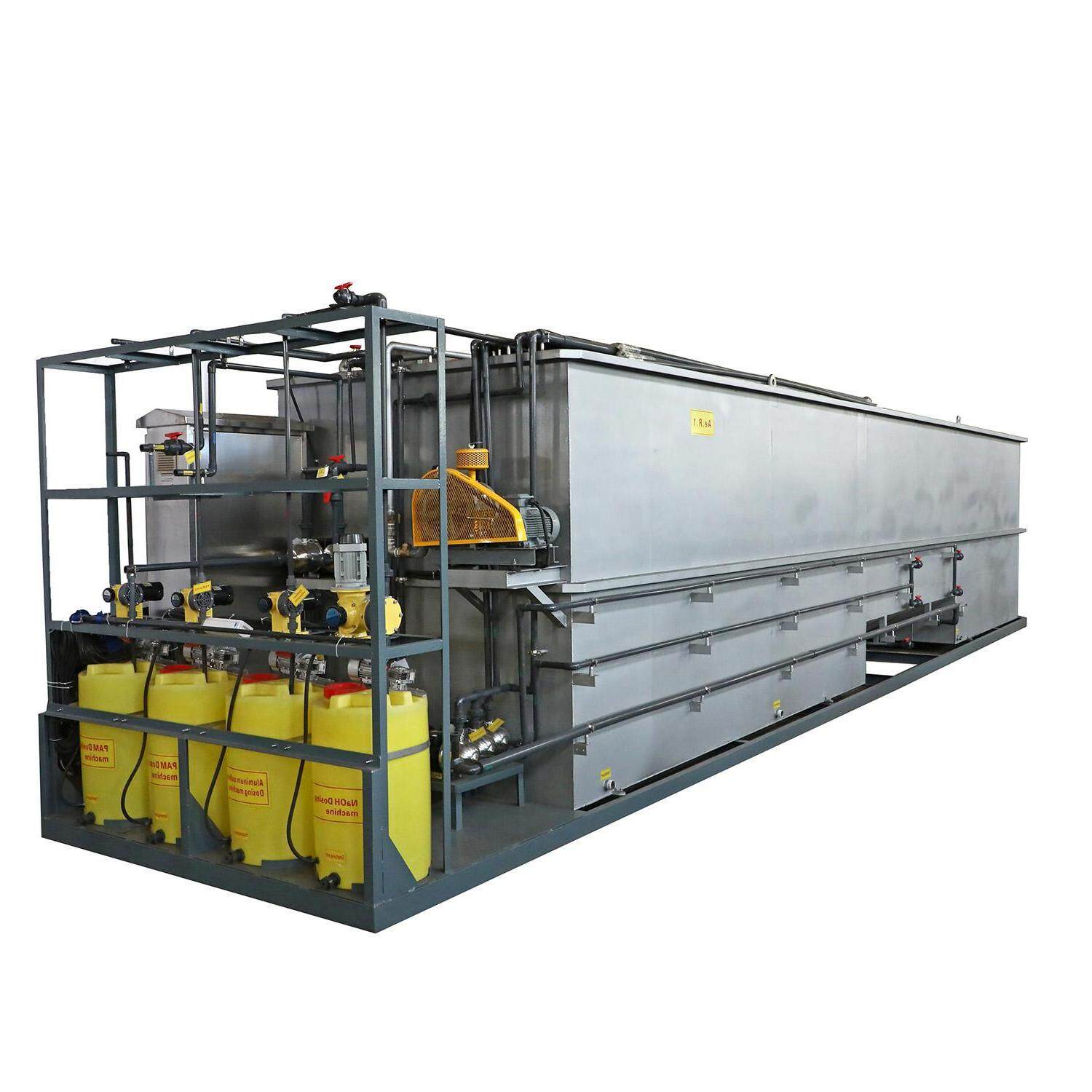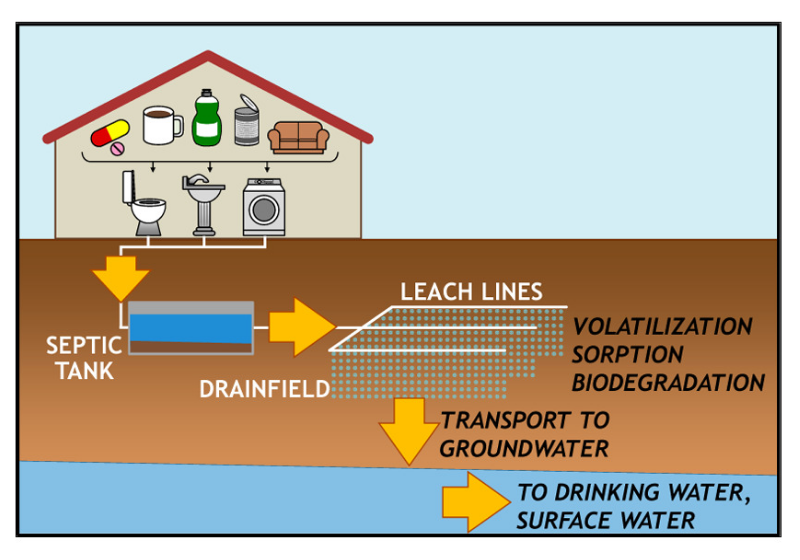Community Domestic Sewage Water
The odor produced by community sewage or domestic sewage pollutes the atmosphere and endangers our living environment. As a supplier of the sewage treatment plant for home&industrial. We are committed to sewage treatment and providing a green environment for people.
About Community Sewage
Community Sewage is different from Urban Sewage (often including part of industrial wastewater) and belongs to Domestic Sewage Water.
The water quality and quantity characteristics can be summarized as follows: the water quality and quantity change greatly, the pollutant concentration is low, that is, lower than the urban sewage, the sewage has good biodegradability, and the treatment difficulty is small.
Process of Sewage Treatment
The treatment process of community sewage varies according to the function of the community sewage discharged into the water body. The common treatment methods include Septic Tank, Primary Treatment (Primary Sedimentation Tank), Biological Secondary Treatment, and Disinfection and reuse after secondary treatment. Our Omniture sewage treatment plant is specially designed for domestic sewage and industrial organic wastewater, which can improve the treatment effect.

Due to the small amount of sewage treatment in the community and the low level of management, the sludge free or less sludge treatment process should be selected as far as possible in the process design to prevent secondary pollution caused by poor sludge treatment.
Commonly Used Treatment Processes
Sewage → Regulating Tank → Primary Sedimentation Tank → Biological Contact Oxidation Tank → Secondary Sedimentation Tank → Effluent.
Biological contact oxidation is the most widely used method. Its main advantages are short retention time, easy to-hang film, and especially suitable for equipment. Buried construction is favored by environmental protection companies and users, but its application has been limited in recent years due to problems in maintenance management and equipment corrosion protection.
However, if the underground reinforced concrete form is built and the personnel passage is set up for maintenance, this underground construction method has a large market in the water treatment of the community, but this method is generally small in scale, and the community with a daily sewage discharge of less than hundreds of tons is ideal. For the treatment of thousands of tons of residential sewage, it is recommended to use the ground construction method. The biological treatment part can use contact oxidation, or SBR or its improved CASS process. The aeration method is recommended to use low-noise fans or underwater aerators.
Sewage → Regulating Tank → Coagulation and Sedimentation → Filtration → Effluent
Has low requirements for treatment degree and small water volume, can be adopted with the advantages of small floor area, small odor and simple management. In addition, adding acidification and hydrolysis before aerobic biological treatment is conducive to reducing energy consumption and improving the total removal rate of the system.
Living quarters usually have a large green area. If the treated sewage is reused to irrigate green areas, and roads and wash cars, disinfection or other supplementary measures should be taken after the treated water.
The sewage treatment process should be simple and practical, easy to operate, reliable to operate, easy to maintain, and adapt to the characteristics of large changes in water quality and quantity in the community; Adopt efficient and energy-saving sewage treatment technology as far as possible.
- Starch Processing Wastewater
- Juice Processing Wastewater
- Hospital Wastewater Sewage Water
- Dairy/Milk Processing Wastewater
- Beer Processing Wastewater
- Papermaking Processing Wastewater
- Slaughtering Wastewater
- Pickle Processing Wastewater
- Monosodium Glutamate Processing Wastewater
- Beverage Processing Wastewater
- Saponin Processing Wastewater
The community sewage water treatment process should reduce the secondary impact on the surrounding environment, mainly including reducing the sludge output, using the process without sludge or with less sludge output as far as possible, reducing the secondary cost of sludge treatment, and reducing the impact of noise and odor in sewage treatment on the surrounding environment of the community.
The appearance design of the sewage treatment design should conform to the design style of buildings such as the residential area to ensure the beauty of the residential area.
To make rational use of sewage resources, the reuse and reuse of sewage after treatment should be considered to the greatest extent, and comprehensive consideration should be given to the landscape, greening, car washing and fire protection of the community.
#QDEVU #WATERTREATMENT #WASTEWATERTREATMENT #SEWAGETREATMENT #SEWAGEWATERTREATMENT #BIOLOGICALTREATMENT #ACTIVEDSLUDGE
Visit www.evuchina.com for more informations!



